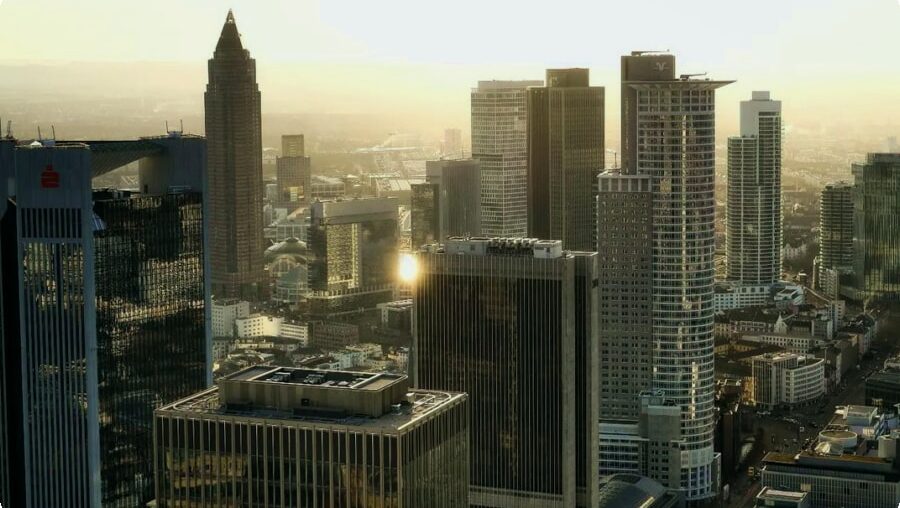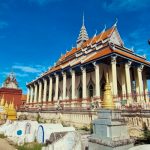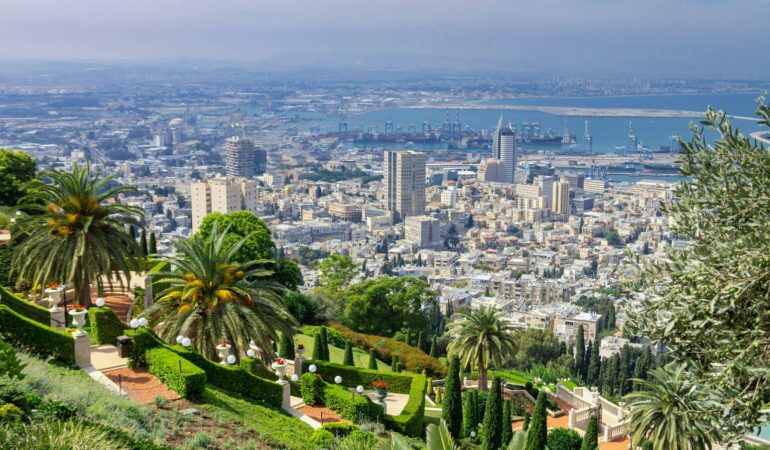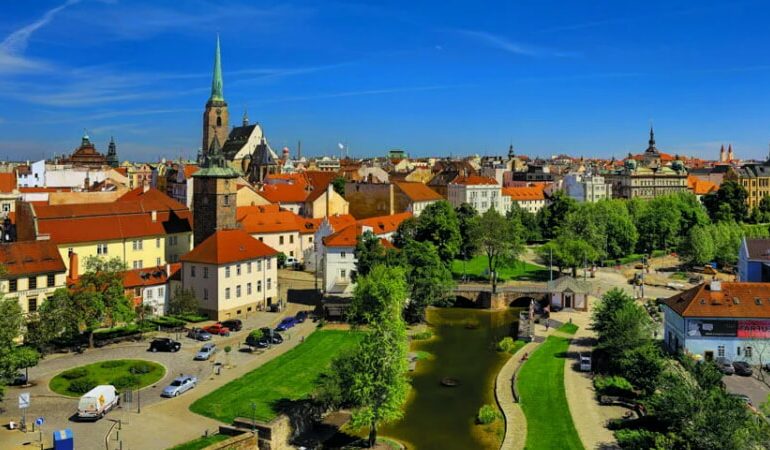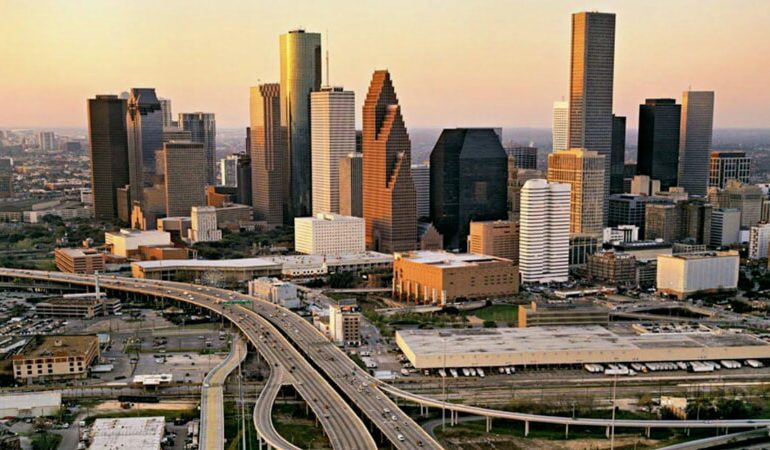Frankfurt is a big city, and it has some big landmarks. One of the best ways to get acquainted with Frankfurt is by walking through its historic center. There’s plenty to see in this area of town. You can learn about Frankfurt’s history as well as German culture while tours with professional local quides in Frankfurt and taking in some great views of the city at the same time. Additionally, you can explore the city and its suburbs on a rented car in Frankfurt.
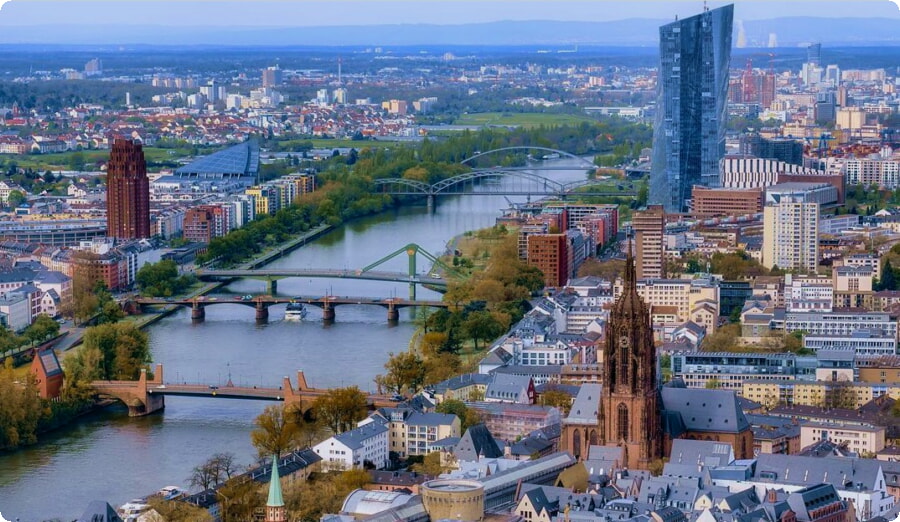
The Römerberg square is one of the most popular spots for visitors in Frankfurt
Römerberg is a square in the old town of Frankfurt, Germany. It is the largest square in the old town and one of its most popular tourist destinations. Römerberg has long been used as a marketplace, but today it serves primarily as an open-air meeting place for people to relax or eat lunch. The name Römerberg comes from its location on top of Roman ruins; these were discovered during construction work on this area in 1891 by archaeologists led by Alfred Ludwig von Grotefend who made many important finds including 2nd century AD silver coins bearing images of emperors Trajan and Marcus Aurelius Antoninus Pius Augustus that are now displayed at Frankfurt’s museum für Kunst und Geschichte (Museum for Art & History).
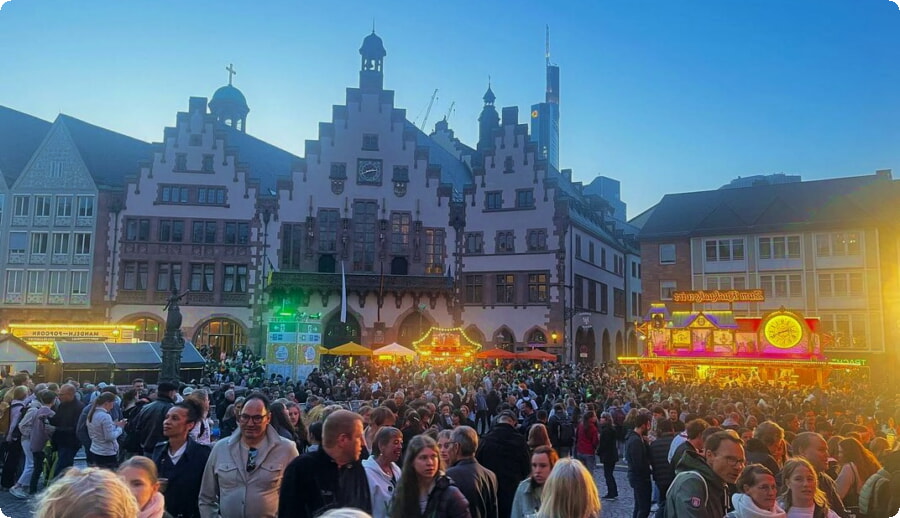
The street known as “Am Alten Juden” was once home to the city’s Jewish community
The street known as “Am Alten Juden” was once home to the city’s Jewish community. When it was first built in medieval times, it was called Judengasse (Jews’ Alley) because it was where Jews lived and worked.
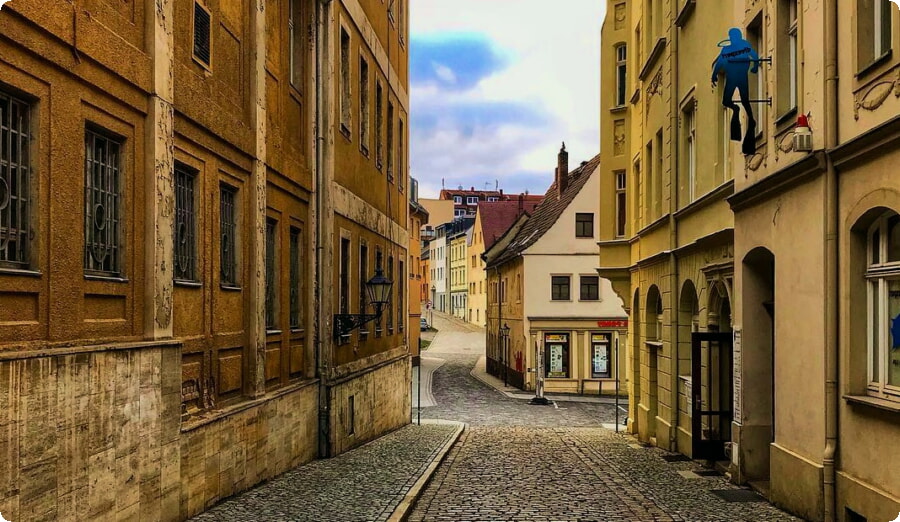
The Nazis destroyed this neighborhood during World War II; today there is a memorial for those who died there. Many restaurants and shops are now located on this street, which is still commonly referred to by its old name: Am Alten Juden (The Old Jew).
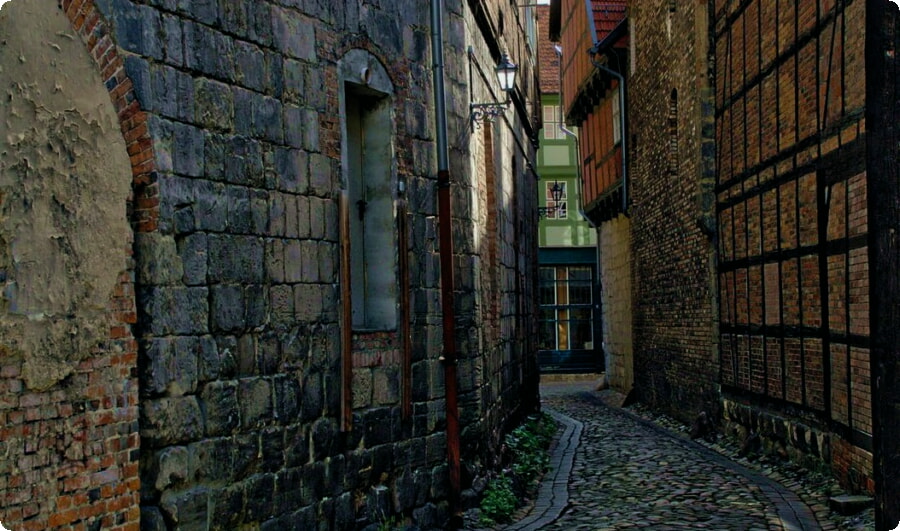
The Goethe House is where the famous German poet and writer wrote many of his works
The Goethe House is a museum and was the home of Johann Wolfgang von Goethe. The house was built in 1730, but it wasn’t until 1749 that Goethe moved in. He lived there until 1832 when he died at 83 years old.
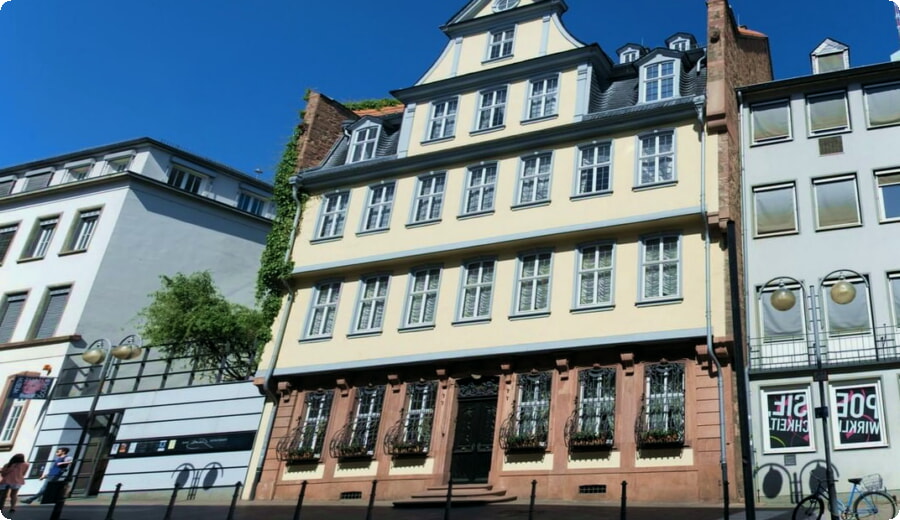
The museum contains many items from his life, including furniture and paintings by famous artists such as Rembrandt van Rijn (1606-1669). There’s also a library where you can see some of his original manuscripts — including those for “Faust” and “Wilhelm Meister”–and other important works like “Erlkonig” (“Elf King”) or “Lieder” (“Songs”).
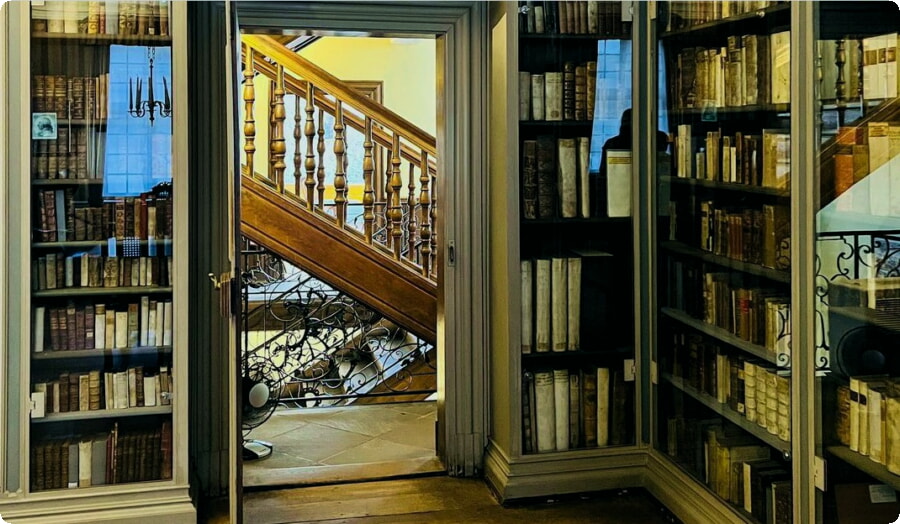
A walk along the banks of Main River is an excellent way to take in Frankfurt’s atmosphere
Main River is the city’s central artery and has been used as a trade route since ancient times. It’s also a popular place for people to walk or jog, as well as a great place to go running.
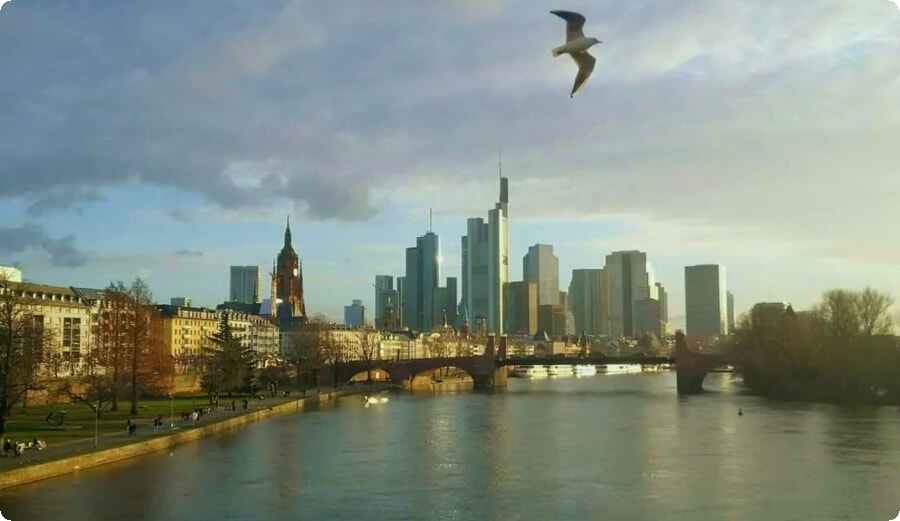
The Frankfurt Cathedral
The cathedral is one of Germany’s most important sites from both a religious and architectural perspective. It has been a UNESCO World Heritage Site since 1981, and it’s the seat of the Archbishop of the Roman Catholic Archdiocese of Frankfurt.
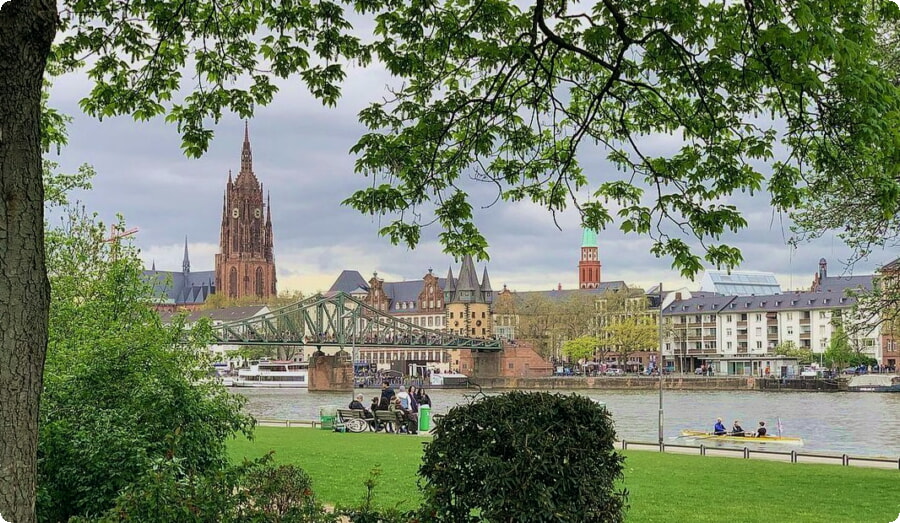
The cathedral has a high tower that is the tallest in the city, as well as an old clock that was built in 1448 by Ludwig von Hörnheim (a famous clockmaker).
The Stadel Museum
The Stadel Museum is one of the most important museums in Germany. Located in the city center, it was founded in 1849 and contains a large collection of paintings from artists such as Durer and Holbein.
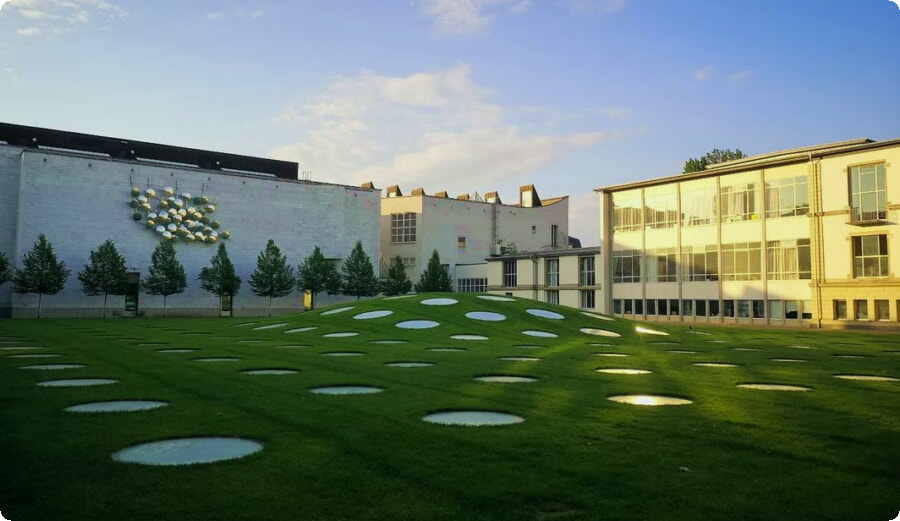
The museum’s permanent exhibition is divided into four sections: “Art & History”, “European Art”, “Oriental Art” and “History”. Each section features works from different eras that are displayed chronologically.
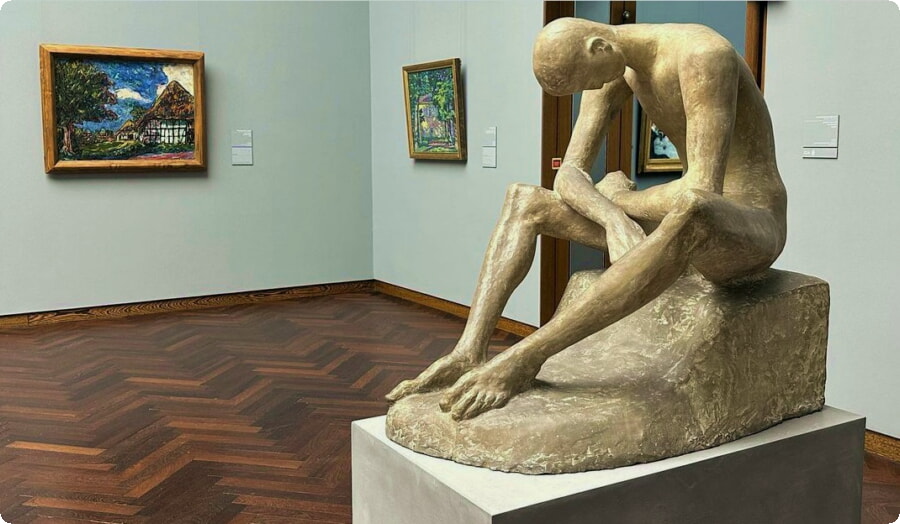
Zeil, a shopping street
Zeil is Frankfurt’s most famous shopping street. It’s the city’s oldest, and it has been a pedestrian zone since 1967. The Zeil is home to more than 500 stores selling everything from clothes and shoes to jewelry and watches.
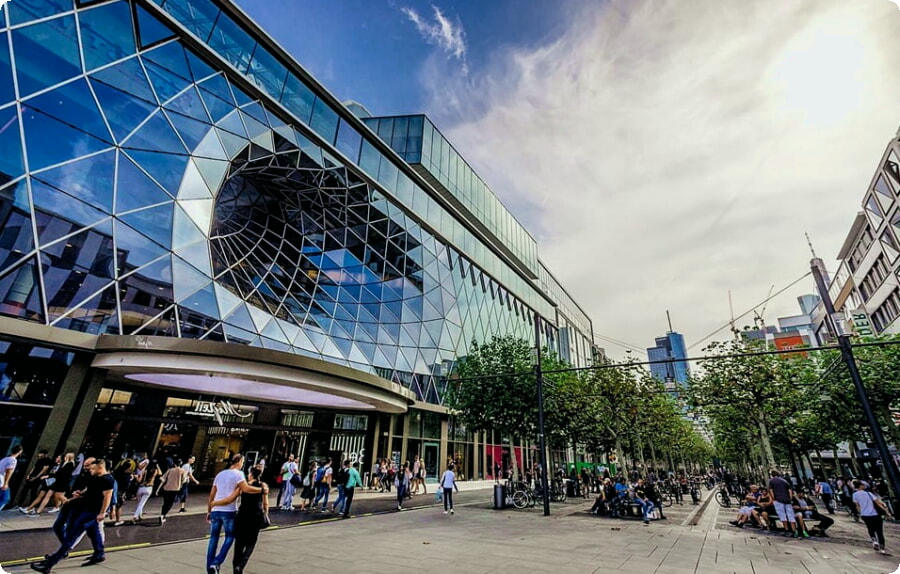
The name “Zeil” comes from the Old High German word “zeal,” meaning straight path or road (like in “straight line”). In medieval times, this area was used by pilgrims traveling on their way to Santiago de Compostela in Spain–hence its nickname as “Pilgrimstrasse” (or “pilgrim street”).
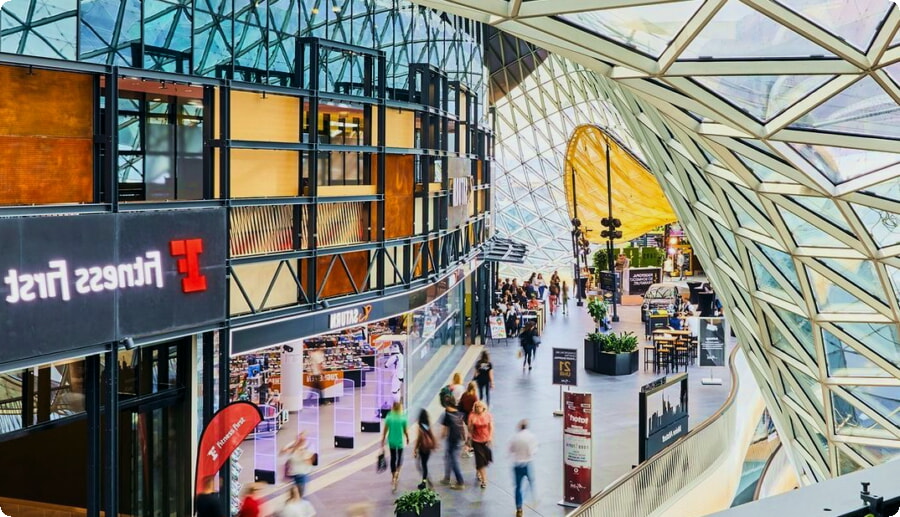
Palmengarten botanical garden
The Palmengarten botanical garden is a botanical garden in the city of Frankfurt, Germany. It is one of the largest botanical gardens in Europe and ranks among the best known gardens worldwide. It was established in 1869 by industrialist and banker Carl Duisberg (1834-1908), who donated his private collection to the city of Frankfurt.
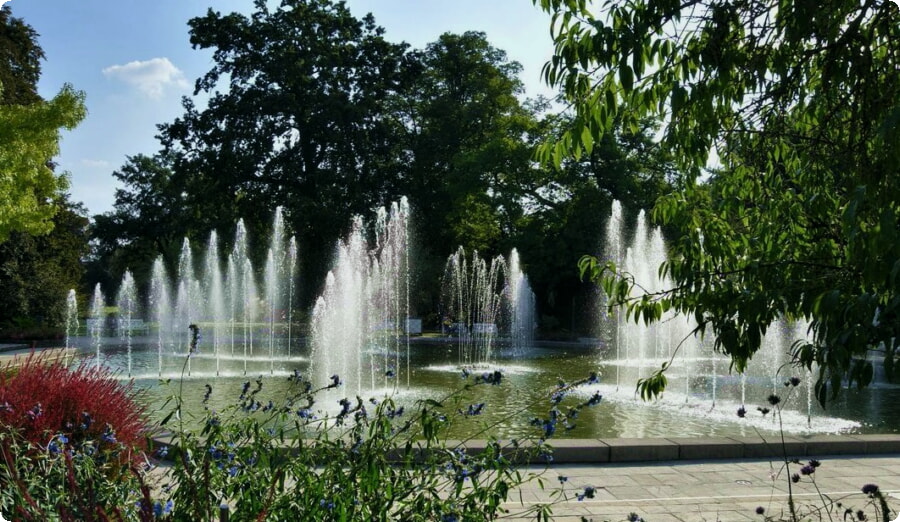
The Palmengarten covers an area of more than 18 hectares (45 acres) with over 7,000 different species from all over world displayed across its several sections:
- Tropical section – this area contains plants from warm climates like South America and Africa; it also includes several rare species such as wild palm trees;
- Arid zone – this part has cacti from North America and Australia;
- Herbaceous border – here you’ll find flowers such as roses or tulips that bloom throughout springtime;
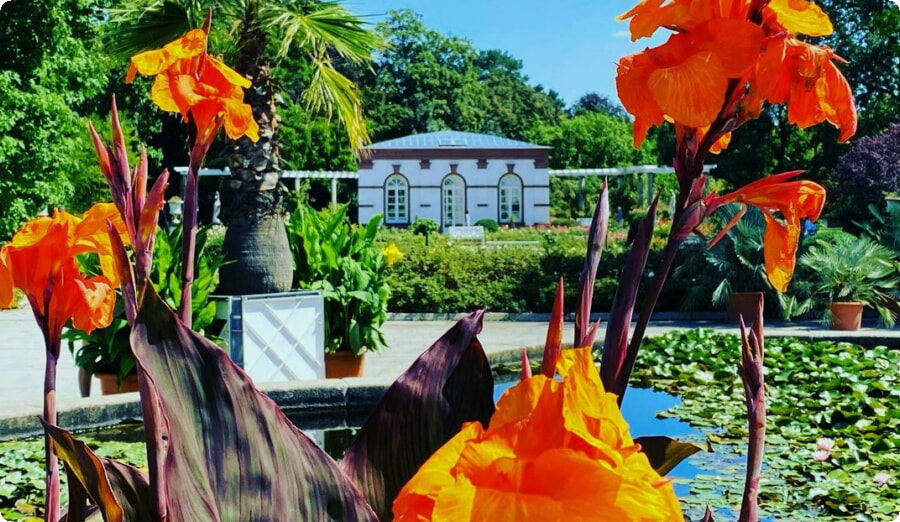
St. Leonhard’s Church
St. Leonhard’s Church is a Roman Catholic church in Frankfurt, Germany. It is dedicated to Saint Leonard of Noblac. Built between 1735 and 1738, this Baroque church was designed by Johann Christian von Mannlich and consecrated on 25 November 1738 by Bishop Otto Philippi.
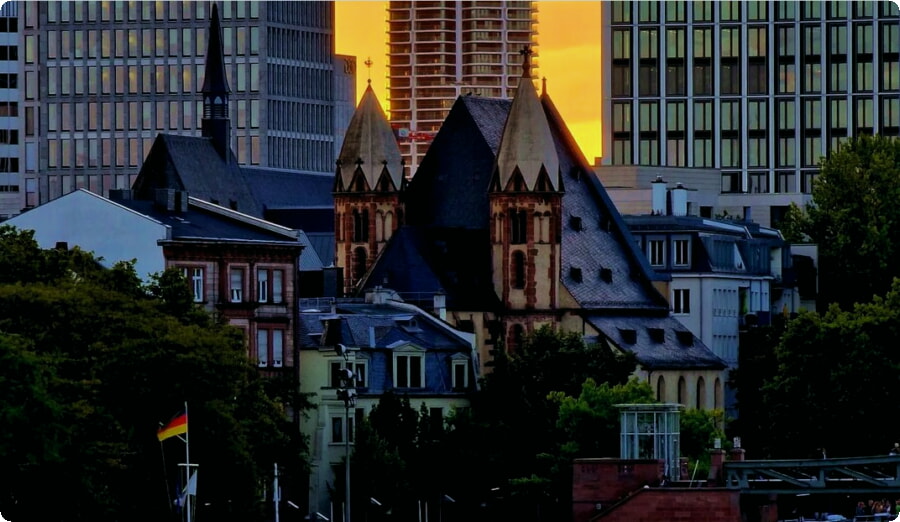
Frankfurt is a big city with many attractions and landmarks. With a population of over 730,000, it is the financial center of Germany and has been since the Middle Ages. It’s also home to many museums and art galleries.

